In a landmark victory for wildlife conservation, 41 federally threatened eastern indigo snakes, North America’s longest native serpent, have been released into Florida’s Apalachicola Bluffs and Ravines Preserve (ABRP). This marks the eighth consecutive year of reintroduction efforts, bringing the total number of released snakes to 167. But the real triumph? For the first time in decades, wild-born hatchlings were discovered in 2023 proof that this keystone species is reclaiming its ancestral home.
Apex Predator Returns to Restored Ecosystems
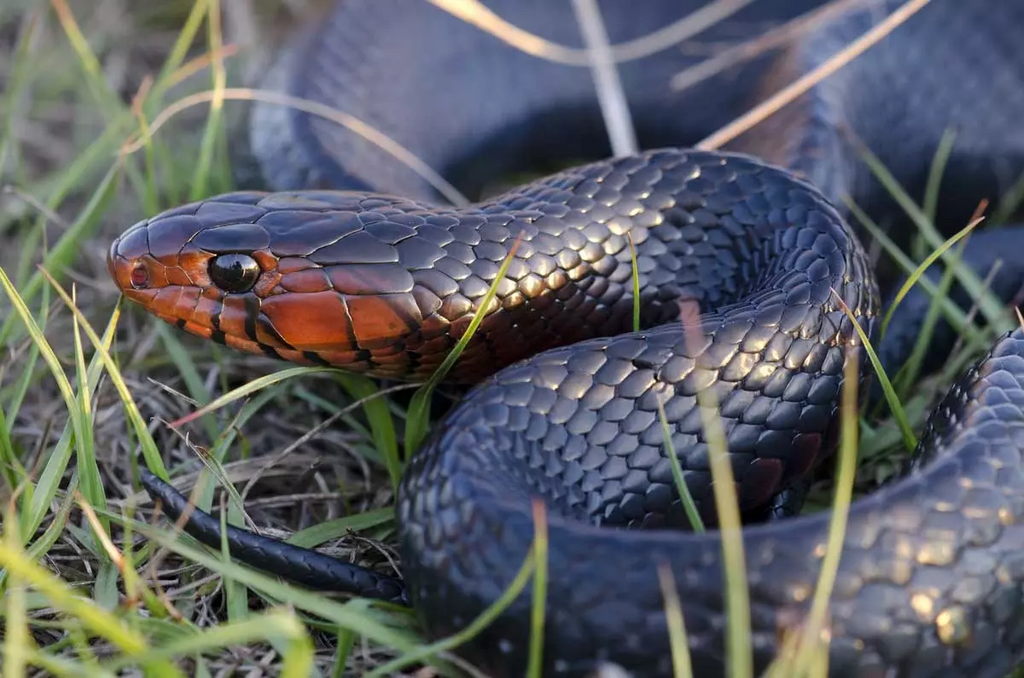
The eastern indigo snake (Drymarchon couperi), a shimmering, iridescent giant reaching over 2.4 meters (8 feet), once ruled the longleaf pine forests of the southeastern U.S.But habitat loss and fragmentation almost annihilated them. Today, due to decades of restoration, ABRP’s sandhill habitats are once again friendly to them. These snakes are not only survivors, they are ecosystem engineers. As top predators, they regulate rodent and venomous snake populations, ensuring ecological equilibrium.
Decades of Dedication Lead to a Wild Breeding Breakthrough
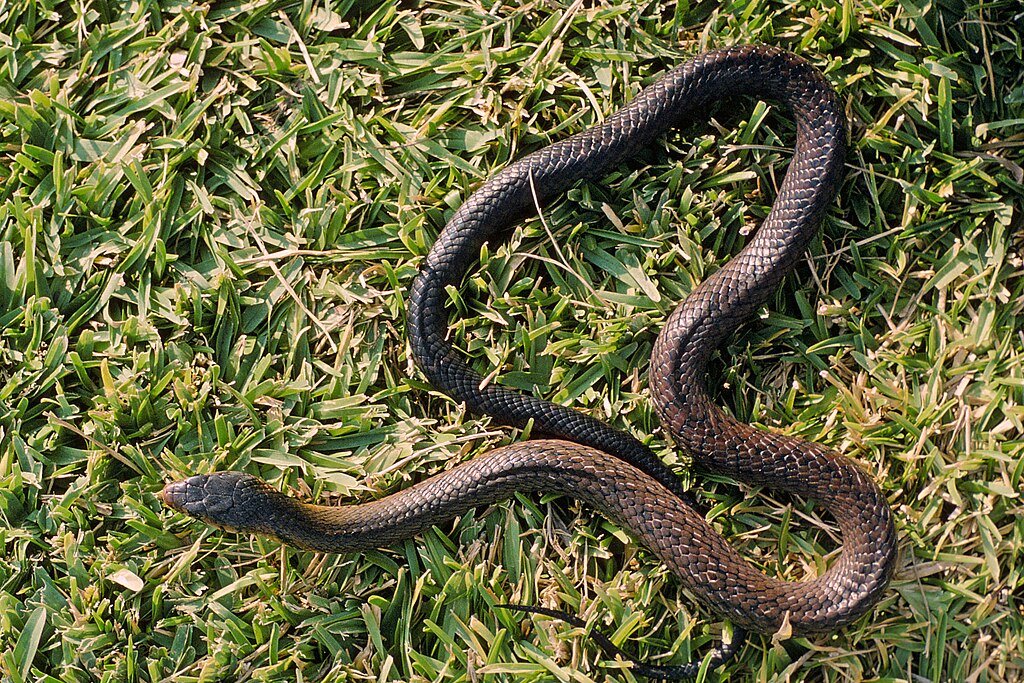
The discovery of two wild-born hatchlings last year was no accident it was the culmination of 40 years of habitat restoration. “Finding juvenile indigos proves our work is paying off,” said Catherine Ricketts, ABRP preserve manager. The snakes released this year, carefully sex-balanced (20 females, 21 males), were bred in captivity by the Orianne Center for Indigo Conservation (OCIC), the world’s leading facility for indigo propagation. After two years of growth at Welaka National Fish Hatchery, they were deemed ready for the wild.
High-Tech Tracking Meets Old-Field Science
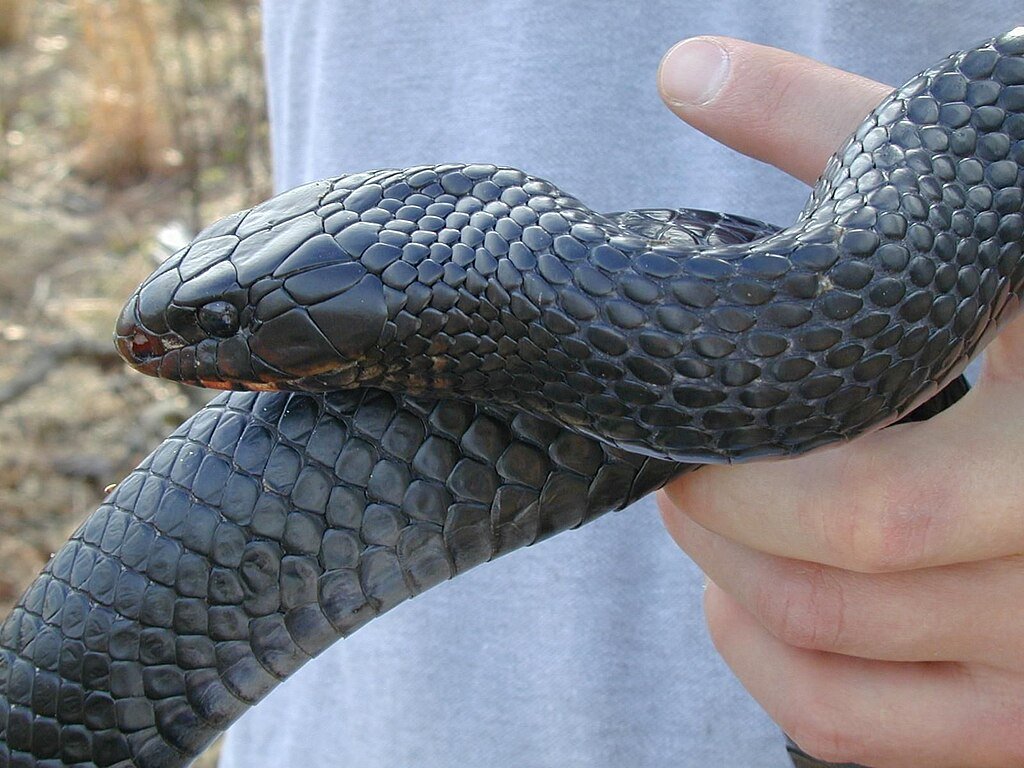
Monitoring these elusive snakes isn’t easy. Researchers use a mix of traditional foot surveys and cutting-edge tech trail cameras, PIT tag scanners, and 17 drift fence arrays to track their movements. Thousands of photos confirm their survival, including a female released in 2019 and 13 others from recent years. “The fact that they’re reproducing on their own is monumental,” said USFWS biologist Michele Elmore.
Why Gopher Tortoises Are the Unsung Heroes
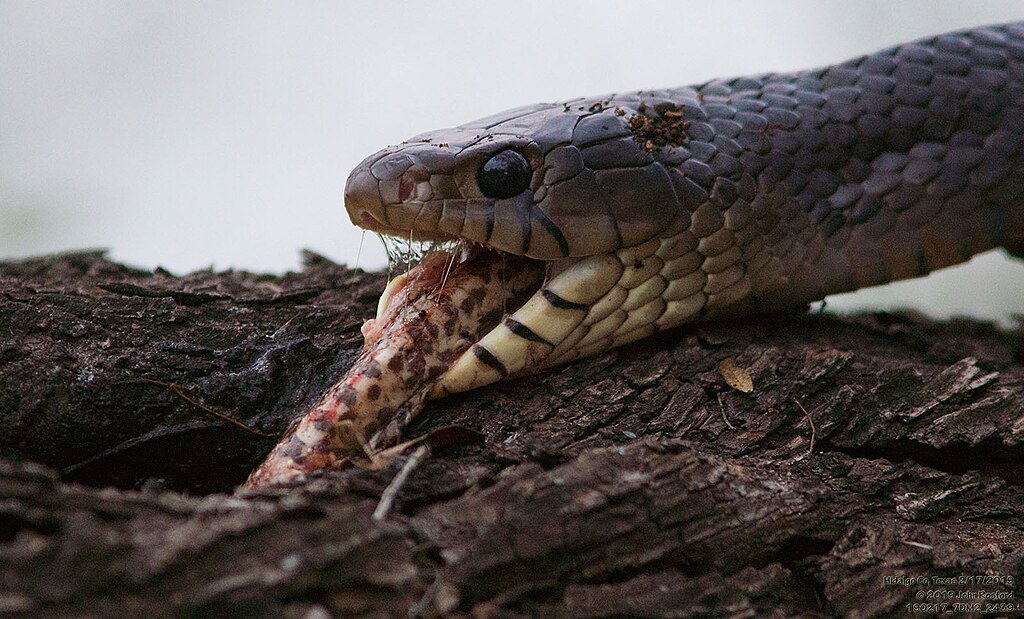
Indigo snakes don’t only require forests, they require gopher tortoises. The reptiles use tortoise burrows as winter shelter, so tortoise conservation is essential. ABRP’s restored longleaf pine forests provide habitat for both species, triggering a domino effect of biodiversity restoration. Without tortoises, the indigo’s return would be impossible.
A Coalition of Conservationists Behind the Scenes
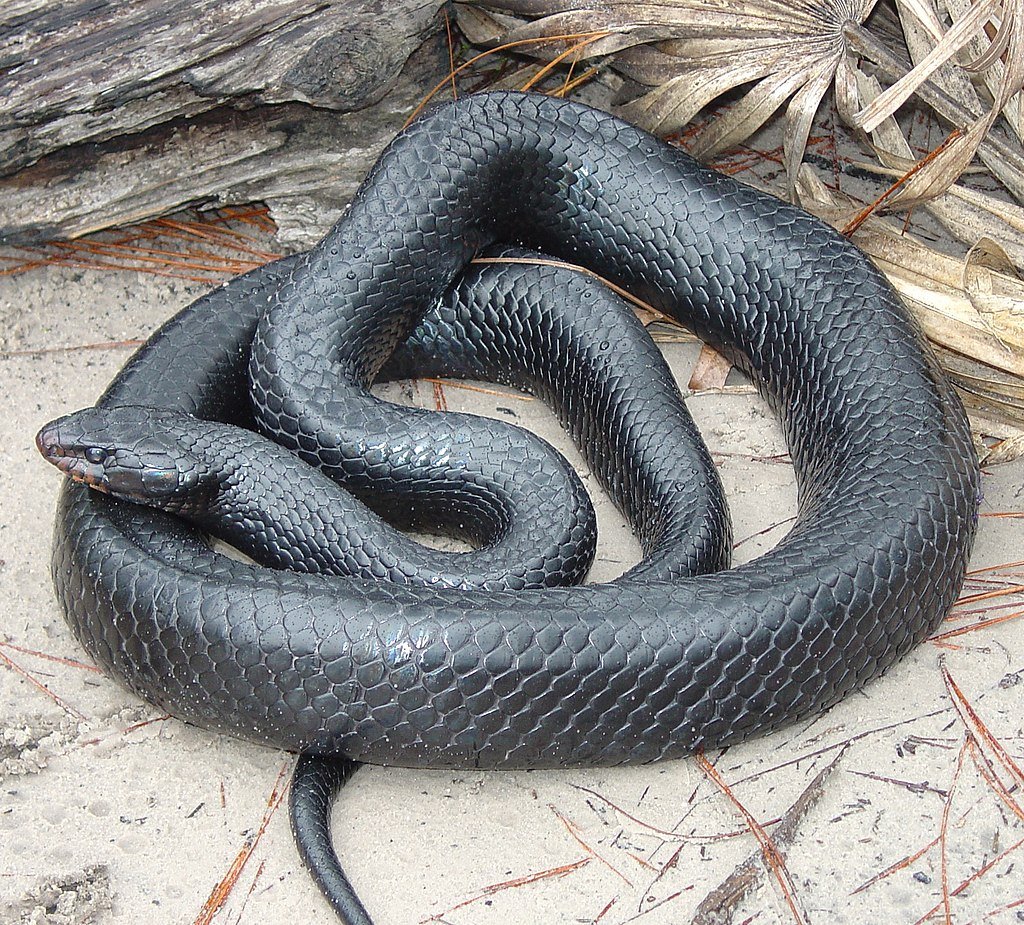
This effort isn’t a solo mission. Federal agencies, nonprofits, and academic institutions including The Nature Conservancy, U.S. Fish & Wildlife Service, and the Florida Fish and Wildlife Conservation Commission have collaborated for decades. “This is the gold standard of conservation,” said FWC’s Brad O’Hanlon. Funding from wildlife license plates and grants ensures the program’s future.
What’s Next for America’s Longest Snake?
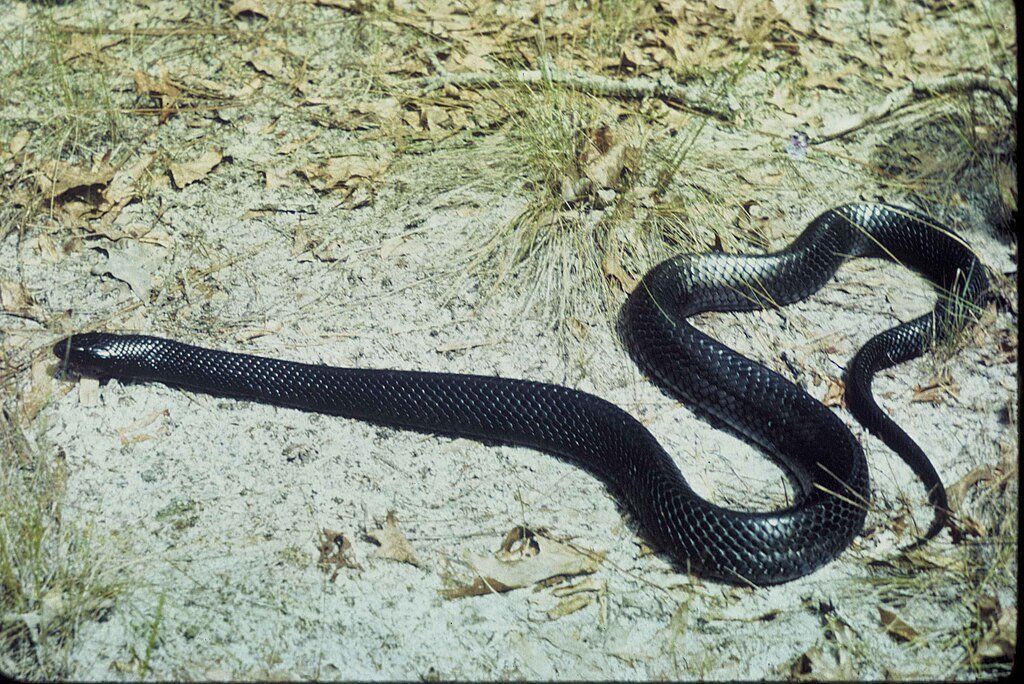
While ABRP remains Florida’s only active reintroduction site, the success here could pave the way for expansion. The ultimate goal? A self-sustaining wild population. With each new release and now, wild-born offspring the eastern indigo snake inches closer to reclaiming its place in the southern wilds.
For now, the message is clear: The king of the longleaf pine forest is back. And this time, it’s here to stay.
Sources:

Jan loves Wildlife and Animals and is one of the founders of Animals Around The Globe. He holds an MSc in Finance & Economics and is a passionate PADI Open Water Diver. His favorite animals are Mountain Gorillas, Tigers, and Great White Sharks. He lived in South Africa, Germany, the USA, Ireland, Italy, China, and Australia. Before AATG, Jan worked for Google, Axel Springer, BMW and others.




